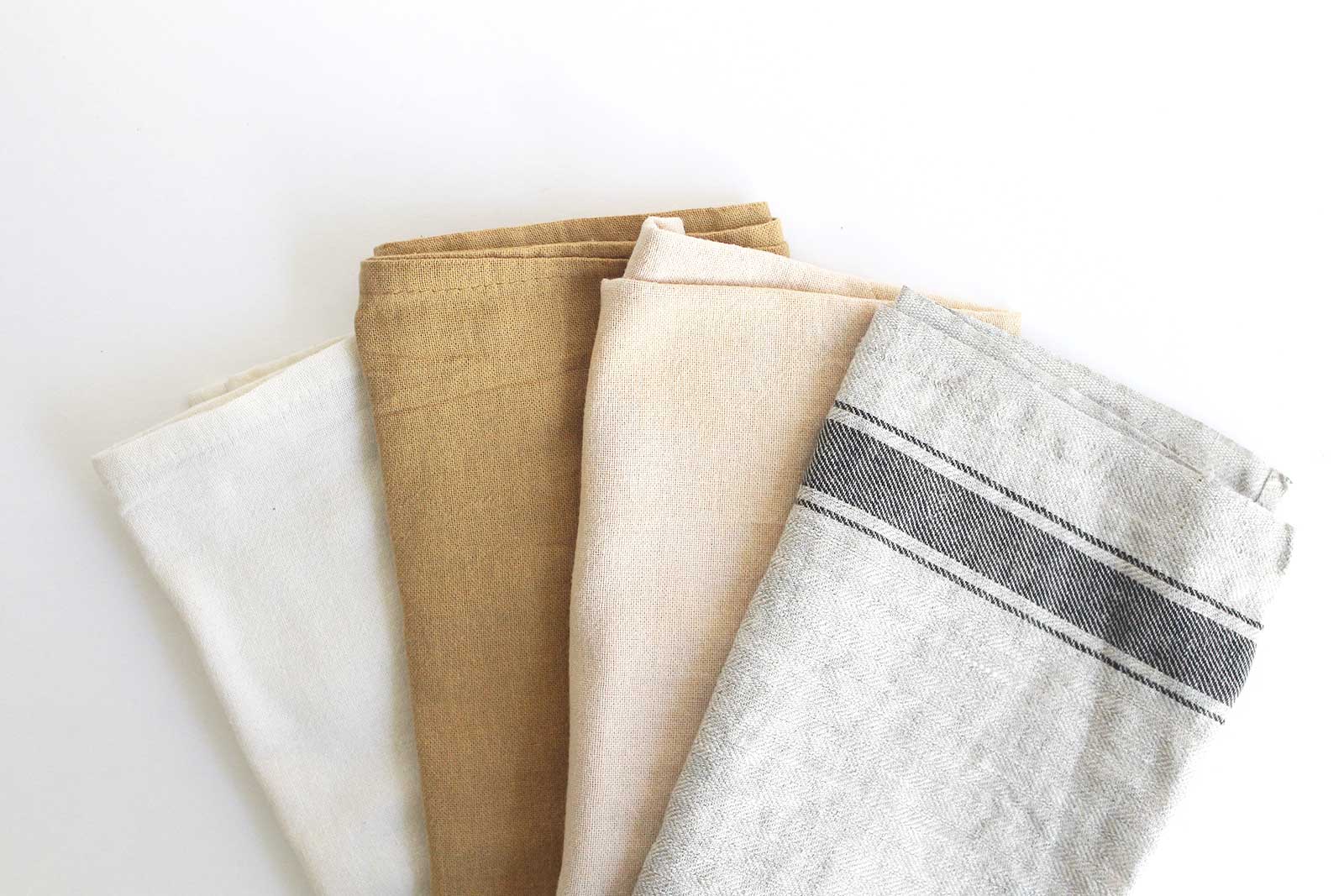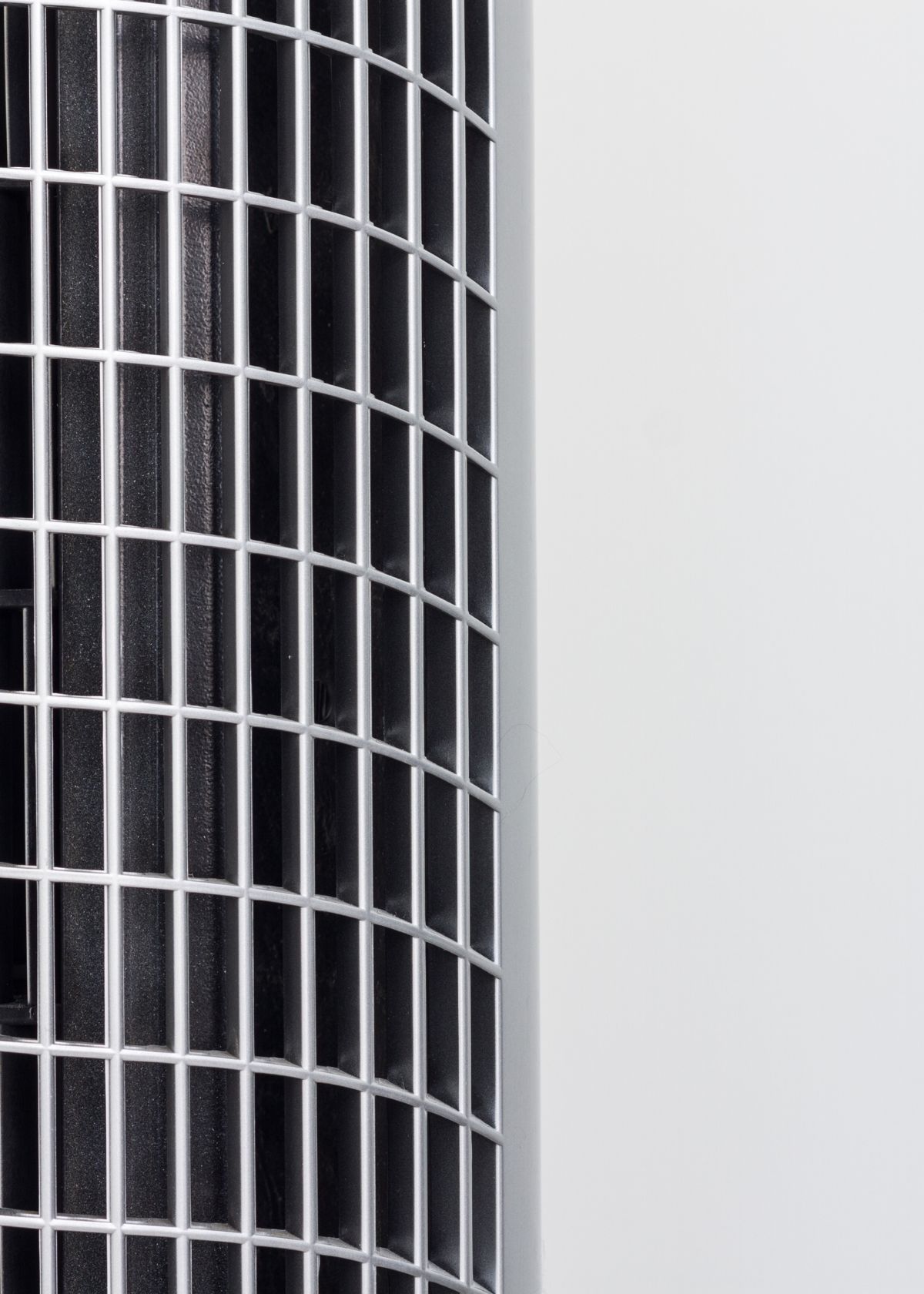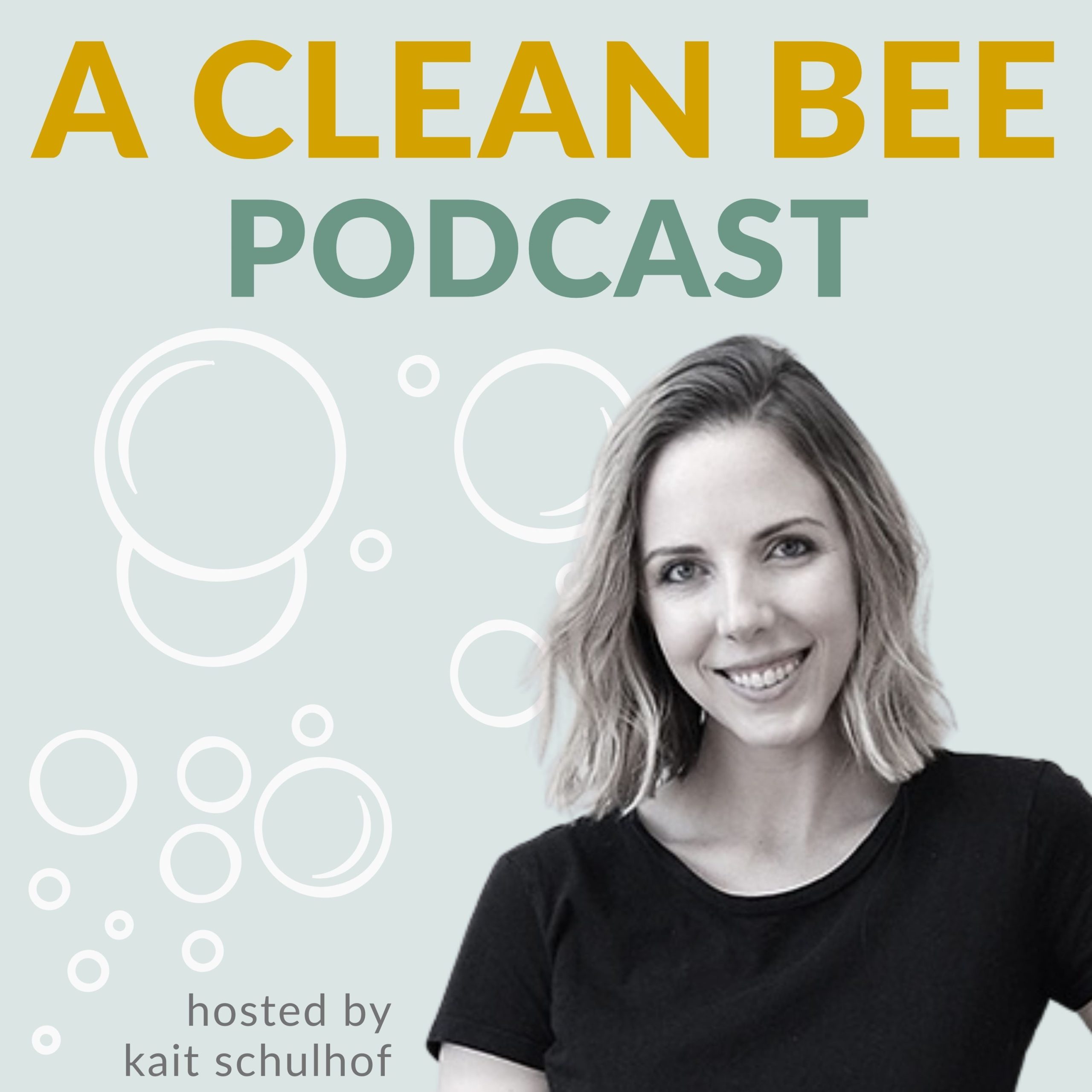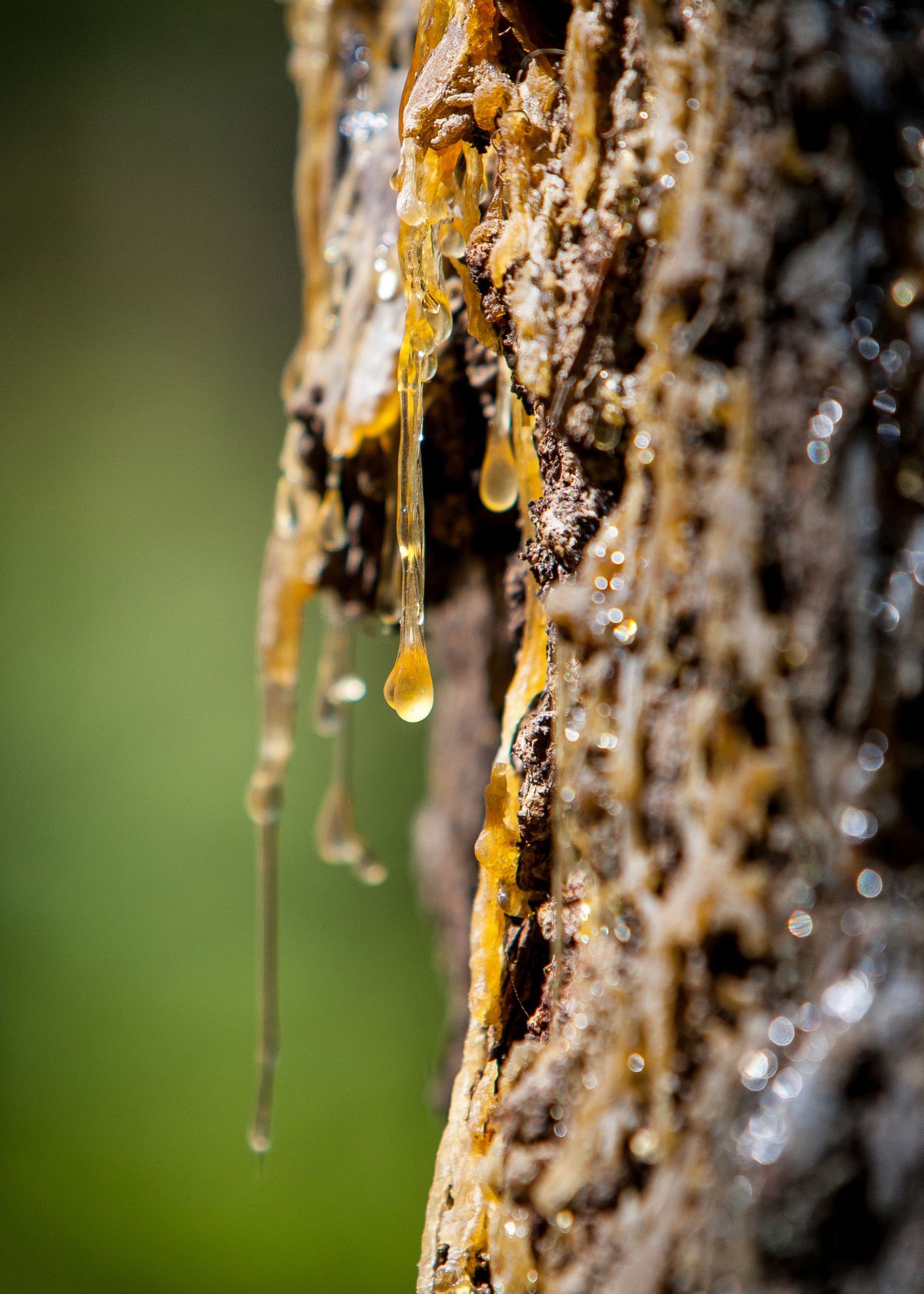How To Wash Linen Napkins and Tablecloths

Linen is a tricky fabric. Similar to silk, many people believe that dry cleaning linen is the only way to get the job done. But dry cleaning can be expensive, inefficient, and ultimately is not great for the environment. Lucky for you, we’re breaking down how to clean linen sheets, napkins, and clothing safely and effectively at home. But first, the basics.
Linen Basics
Linen is known to be the world’s strongest natural fiber. Made from flax plants, linen is technically a bast fiber. This means it starts out crisp but softens over time through handling and use.
Linen production is also a more eco-friendly alternative to other fabrics, as flax requires less irrigation, pesticides, and energy than most other fibers. Another interesting fact about linen—it’s antibacterial.
Flax material prevents the growth of bacteria and suppresses harmful microflora and was historically used for bandaging wounds. This is yet another important property that distinguishes linen from other natural fibers.
What To Avoid When Washing Linen
While linen is incredibly durable, it must be washed gently and taken care of delicately. Listed are a few common laundry techniques that you should avoid:
- Harsh ingredients. Linen is best washed with a mild detergent. Products designed for baby clothes are perfect for the job. Good options include Seventh Generation, The Laundress, and ECOS.
- Fabric softener. Remember how linen softens over time, just by handling and use? Fabric softeners will ultimately damage the natural fibers.
- Bleach. Even if the linen is white, do not bleach it. If you do need to brighten up white linen, make sure you use an oxygenated bleach like OxiClean, which is a chlorine-free bleaching solution that brightens without damage.
- Normal cycle on your washing machine. Use the gentle cycle and wash linen alongside similar lightweight or delicate fabrics.
How to Wash Linen Napkins at Home
Most linen can be cleaned in your washing machine at home, but always check the label for instructions. Sometimes linen is blended with other materials, which may impact the type of care required. If you’re in the clear and can wash at home, there are a few pieces of information to keep in mind.
LINEN CLEAN AND CARE PRODUCTS
How to Wash Linen Napkins in a Washing Machine
I prefer cleaning larger items like linen sheets or large table linens in a washing machine.
- Wash linen on the gentle cycle with a gentle detergent. Good options include Seventh Generation, The Laundress, and ECOS.
- Do not overcrowd your washing machine as this can cause twisting or pulling the linen fabric out of shape. Less is more!
- Wash in lukewarm water. Linen will shrink if it’s washed in hot water.
How to Wash Linen Napkins by Hand
Following similar rules as above, you can also wash linen by hand.
- Fill a large basin (like a deep sink or bathtub) with lukewarm water.
- Mix in a very small amount of gentle detergent (about 1 tsp per gallon)
- Add your garment to the basin and clean it by agitating it in a swishing motion.
- Rinse clean in cold water then remove excess moisture by gently pressing the fabric down into the basin. If your linen fabric isn’t too large, also try rolling your garment in a large, thick, dry towel. Hang to dry completely.
- *Do not wring, twist or scrub the fabric to dry.
How to Remove Stains from Linen
The key to removing stains from linen? Act fast. The longer the stain sits on your fabric, the harder it will be to get out.
- After gently removing any excess liquid or stain material, blot the stain with a damp white cloth. Gently dab up and down to lift the stain. And remember to work from the outside of the stain’s perimeter to the inside.
- For oil-based stains, sprinkle baking soda on the stain and allow it to sit for a number of minutes to absorb any excess oil. Scrape off the baking soda, then gently scrub with dish soap and rinse clean with cold water.
- Stubborn stains might require a long soak in oxygenated bleach (I recommend using OxiClean for most fabrics, but for delicates, I recommend Engleside Restoration). Visit this post for more detailed stain removal techniques.
How to Dry Linen
After you’ve gently washed your linen in the washing machine or by hand, it’s time to dry.
Start by reading your fabric label. If the fabric is pre-washed during the production process, it will be denoted on the label. That will mean it is completely safe to dry your item in a tumble dryer so long as you set the dryer to the lowest temperature and remove the garment while it is still slightly damp.
When air drying linen, always lay it flat on a large drying rack. Hangers or clothespins can cause marks on the fabric, which may deform it.
How to Iron Linen
We all know linen wrinkles. Over time, as the fabric softens, these wrinkles will become less and less of an issue, but until then you can iron linen.
Always iron linen while slightly damp (ideally right after removing it from the dryer) and use a medium-hot iron on the steam setting.
White linen is best ironed on both sides, while dark linen should be pressed only on the reverse side.
For linen garments that prove more difficult to iron, I like steaming. Hang the item and use a quality steamer to release wrinkles from the fabric.
Lastly, in a pinch, you can also try a wrinkle-releasing spray.
LINEN CLEAN AND CARE PRODUCTS







